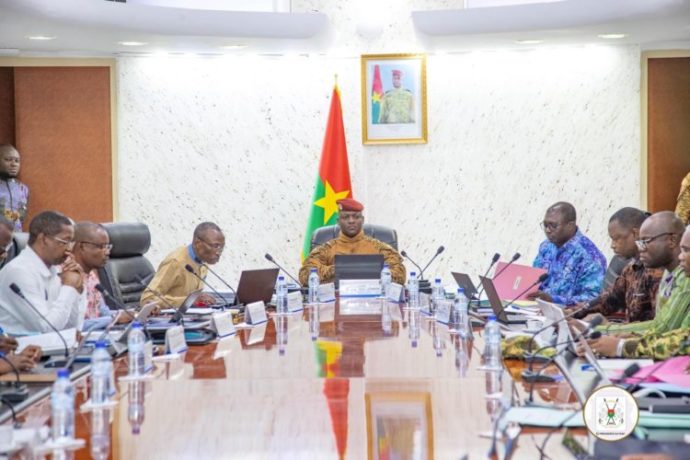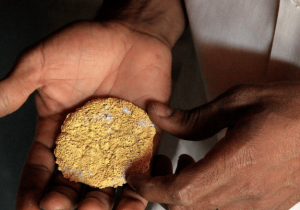Burkina-Faso: The authorities declare 15 May Customs and Traditions Day

During the cabinet meeting held on March 6, 2024, under the presidency of the Head of State, Captain Ibrahim Traoré, various significant decisions were made, including the establishment of May 15th as the Day of Customs and Traditions, now recognized as a public holiday.
A decree instituting the Day of Customs and Traditions in Burkina Faso was adopted by the Council under the Ministry of Territorial Administration, Decentralization, and Security.
Through this decree, the transitional government aims to celebrate and promote the rich cultural heritage of the nation.
Captain Ibrahim Traoré has instructed the relevant ministries and traditional leaders to engage in discussions for the institution of this day.
«After discussions, May 15th was chosen. Henceforth, every May 15th will be dedicated to commemorating our customs and traditions», stated Minister ZERBO, responsible for Territorial Administration.
According to him, this decree aims to reaffirm the state’s secularism and allow traditional religions to regain their place in society. May 15th is now officially declared a public holiday, as emphasized by Emile ZERBO.
Other decrees adopted
Under the Ministry of Industrial Development, Trade, Handicrafts, Small and Medium-sized Enterprises, the Council adopted a decree establishing a company named « Marena Gold Refinery in Burkina Faso » (MARENA RAFFINOR – BF SA). «
«This is a mixed-economy company with a capital of 10 million CFA francs, of which 51% is held by the Burkinabe State and 49% by a strategic partner, Marina Gold Mali», explained Commerce Minister Serge PODA.
With an investment of 3.5 billion CFA francs, this company is expected to generate an average annual turnover of around 7 billion CFA francs over the first five years.
The establishment of this company will also create more than 70 jobs, combat fraud observed in the mining sector with the export of raw gold, and generate significant revenue for the state budget.
For the Ministry of Agriculture, Animal and Fisheries Resources, an oral communication was made to the Council regarding the discovery of an avian influenza outbreak on March 1, 2024, in the 5th district of Ouagadougou, involving a turkey farm.
Measures taken by the department have successfully controlled and contained the single outbreak so far, according to Minister Amadou DICKO, responsible for Animal Resources.
Under the Ministry of Communication, Culture, Arts, and Tourism, the Council adopted a decree specifying the conditions for operating as a book operator in Burkina Faso.
This decree, according to Minister of State Jean Emmanuel OUEDRAOGO, is an implementing measure for the law governing the book and public reading sector.
Cédric KABORE





